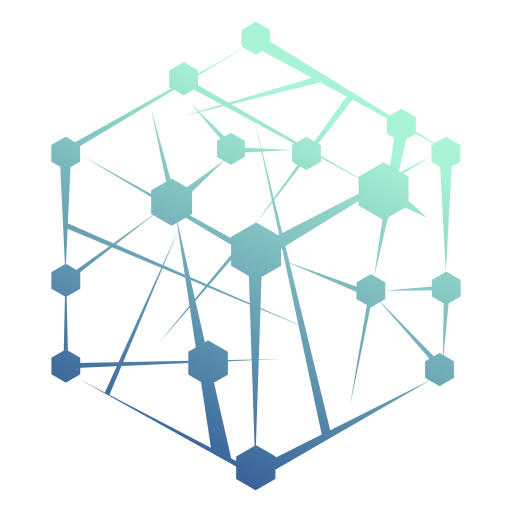Embracing the Future: The Microservices Architecture Revolutionizing Cloud Application Development in 2023
In the ever-evolving digital landscape of 2023, the world of software development is undergoing an extensive transformation. The rising trend of microservices architecture is spearheading the revolutionary shift in cloud application development. This innovative architectural style is reshaping the cloud-native application landscape, offering an array of significant benefits in creating scalable, robust, and agile cloud-based applications.
A Glimpse into the World of Microservices Architecture
Microservices architecture is an advanced approach to software development where applications are decomposed into smaller, independent services. Each of these discrete services performs a specific function and communicates with others via Application Programming Interfaces (APIs). The modular, flexible, and scalable nature of microservices architecture makes it an ideal choice for building complex cloud-native applications.
This architectural style allows for enhanced flexibility, enabling developers to update one part of an application independently, without affecting the rest. This enhanced agility facilitates the swift adaptation to changing market demands and customer needs, propelling businesses to innovate swiftly.
The Role of DevOps in Microservices Architecture
DevOps, an amalgamation of software development (Dev) and IT operations (Ops), plays a central role in the realm of microservices architecture. It's a set of practices aimed at shortening the development cycle while improving the quality of software. It focuses on fostering collaboration, automation, and monitoring throughout the software development lifecycle.
In the context of cloud computing, DevOps is instrumental in building and maintaining cloud-based applications. It automates the deployment of microservices, manages infrastructure as code, and performs continuous integration and continuous delivery (CI/CD) pipelines. This automation facilitates quick and efficient allocation of resources, performance monitoring, and scaling of applications, thereby optimizing resource utilization.
Securing the Cloud with Microservices Architecture
Security plays a pivotal role in cloud computing. Cloud providers offer a plethora of security services to safeguard cloud applications and data against potential threats. From identity and access management to encryption, network security, and compliance, a broad spectrum of security measures is in place.
However, the security services offered by cloud providers aren't sufficient alone. It's equally crucial for organizations to implement their security measures to fortify their applications and data. This might include strong passwords, firewalls, regular vulnerability assessments, and monitoring access logs.
Harnessing the Power of Containers in Microservices Architecture
Containers are an integral part of microservices architecture. They're lightweight, portable, and self-contained software packages that can be deployed consistently across different environments. Packaging applications and their dependencies into containers simplifies the deployment process and ensures consistency across varying platforms.
In the context of cloud computing, containers are often used in combination with container orchestration platforms such as Kubernetes. This combination facilitates the management of deployment and scaling of containerized applications.
Advancing Swiftly with Continuous Delivery
Continuous Delivery is a software development practice that automates the software release process. The goal is to enable swift and reliable software releases, minimizing errors and reducing downtime. Continuous Delivery pipelines can be used to deploy microservices, containers, and other cloud-based resources, such as databases and storage, to production environments.
The Future is Serverless: The New Paradigm in Cloud Application Development
Serverless computing also turns the pay-as-you-go concept on its head. Serverless apps automatically scale up and down as per demand, and organizations are billed only for the actual computing time that their code consumes. This cost-effective approach is revolutionizing the financial dynamics of cloud application development.
AI and ML: The Driving Forces of Cloud Networks
Artificial Intelligence (AI) and Machine Learning (ML) are playing a profound role in cloud networking. From automating network management tasks to enhancing network security, AI and ML are proving to be game-changers. They can analyze network traffic and detect anomalies indicating a security breach, enabling businesses to respond to security threats in real-time.
The Rise of Multi and Hybrid Cloud Development
Multi-cloud development involves the use of multiple cloud computing platforms from different vendors to meet distinct business needs. Hybrid cloud development, on the other hand, refers to the use of both public and private cloud infrastructures within a single organization. These approaches provide increased flexibility, reduced vendor dependency, and the ability to mix and match different cloud services to meet specific business needs.
Blockchain: The Next Big Thing in Cloud Application Development
Blockchain technology is making inroads into cloud application development. It's being used to create decentralized cloud storage networks, automate and secure cloud service agreements, and establish a secure and decentralized identity management system for cloud computing.
The Emergence of Low Code and No Code Services
Low code and no code services are gaining popularity in cloud application development. They enable rapid application creation or workflow automation without the need for technical expertise. These services can enhance productivity, reduce development costs, and allow businesses to quickly iterate on their applications.
Unlocking Business Potential with Cloud Native
Cloud-native is a modern approach to software development that enables businesses to build and deploy applications more quickly and efficiently. By leveraging cloud-native technologies and practices, businesses can accelerate their growth and stay competitive in a rapidly changing market.
Wrapping Up
The advent of microservices architecture is reshaping the cloud application development landscape. As businesses continue to rely heavily on technology, the benefits of cloud computing are becoming increasingly clear, and the shift toward cloud-based services is inevitable. It's time to embrace the future and harness the power of microservices architecture to drive digital transformation and business growth.
With the rapidly growing demand for cloud computing, businesses need to work with a reputable and experienced provider of cloud computing. If you're planning a migration to cloud computing or looking to build applications through cloud-native, don't hesitate to reach out to a trusted development company that has the expertise and experience to help you achieve your goals. Unleash the power of microservices architecture and thrive in this digital age.
